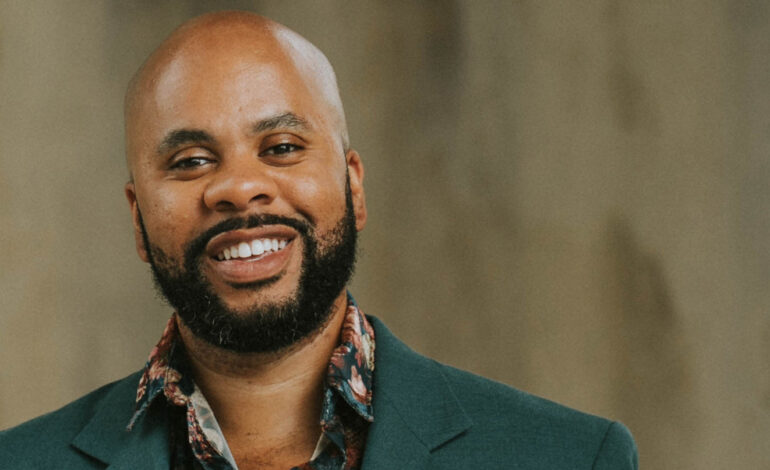Husband Reveals Five-Year-Old Daughter, Sparks Emotional Turmoil

A woman has expressed her distress after discovering that her husband, of 15 years, fathered a daughter outside their marriage. This revelation, which occurred recently, has left her feeling deeply hurt and betrayed. The child, who is now five years old, has become a focal point of emotional conflict as the husband proposes that she be raised as their own.
In a letter to advice columnist Eric Thomas, the wife highlighted her shock at the news, particularly because her husband had kept this significant information hidden for so long. She is grappling with how to handle the situation, feeling overwhelmed by the implications of raising a child that she did not previously know existed.
Another letter addressed to Thomas discussed a coworker, Sue, who has seemingly mirrored the writer’s journey into yoga. The writer, who recently completed a Yoga Teacher Training (YTT), reported that Sue, who had never shown interest in yoga before, began pursuing the same path immediately after seeing a social media post featuring the writer. This has led to feelings of discomfort as Sue now works at the same studio and appears to be imitating the writer’s professional journey.
Handling Betrayal and New Responsibilities
In response to the wife’s concerns, Thomas emphasized the complexity of the situation. He pointed out that the husband does not have unilateral authority over the child’s upbringing, especially if the child’s biological mother is still involved. The legal rights of the mother and any current custodians need to be respected, and any plans regarding the child’s residence must adhere to proper legal protocols.
Thomas advised that open communication is crucial. The first step is for the husband to apologize and acknowledge the hurt caused by his actions. He should then initiate a conversation about the state of their marriage, considering marriage counseling to facilitate this discussion.
The wife must also take time to reflect on her feelings and whether she is ready to embrace the responsibilities of parenthood. It is essential that she feels secure and valued in her marriage before making any decisions about raising a child whom she only recently learned about.
Setting Boundaries in Professional Relationships
Regarding the situation with Sue, Thomas suggested that the writer should address the issue directly. He recommended using “I” statements to clarify her need for boundaries. For instance, the writer could express her desire to keep her yoga practice separate from her professional life, while also acknowledging Sue’s enthusiasm for the yoga community.
By communicating her feelings, the writer can set clear boundaries that allow her to maintain her personal space while also being supportive of Sue’s newfound interest in yoga. This approach not only addresses the issue but also helps to reaffirm the writer’s commitment to her own path in yoga without unnecessary conflict.
Both letters illustrate the complexities of personal relationships, whether in marriage or professional settings. The importance of open communication, respect for legal rights, and the setting of personal boundaries are key themes that emerge from these narratives. As individuals navigate their emotions and relationships, the necessity for clarity and honesty remains paramount.






